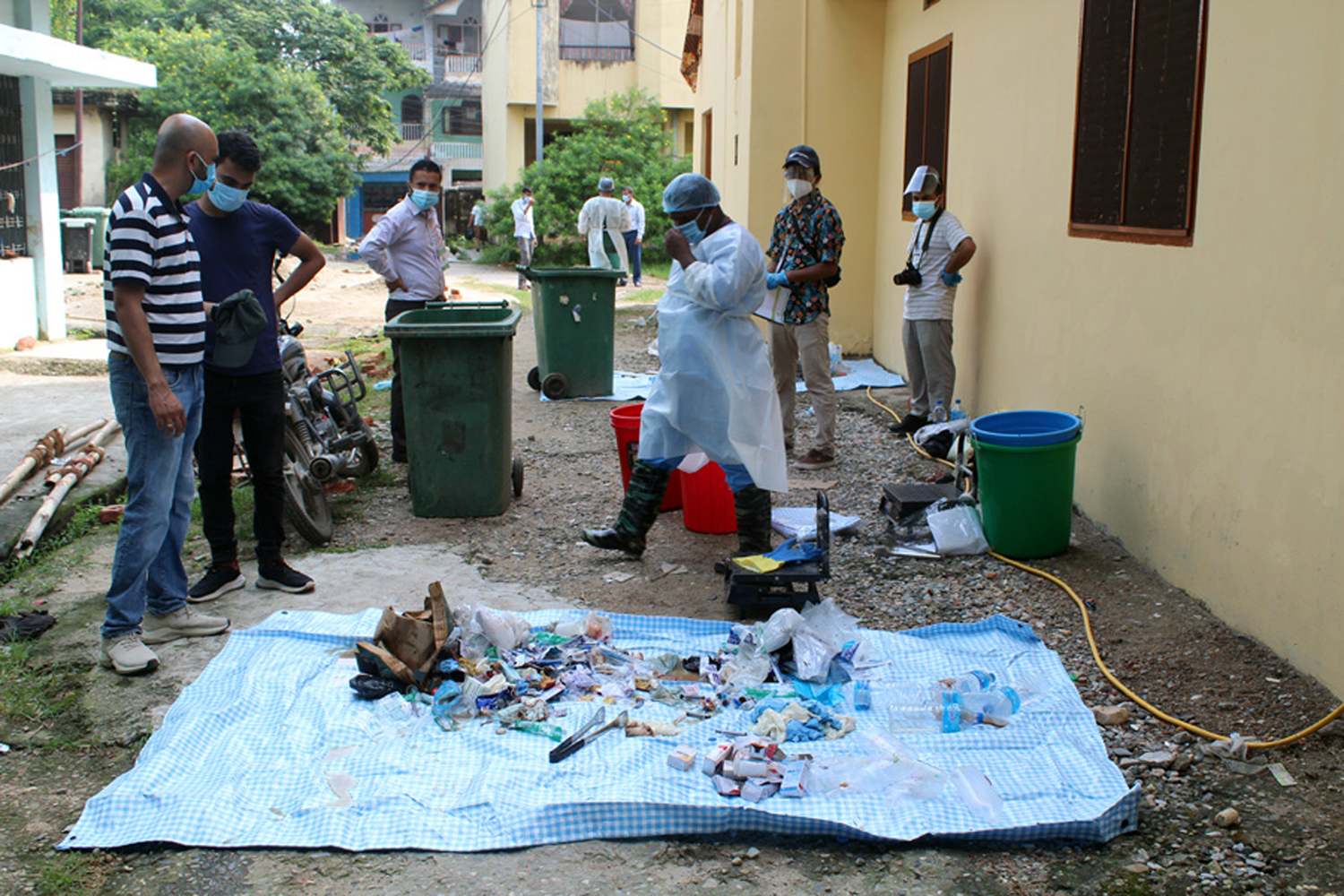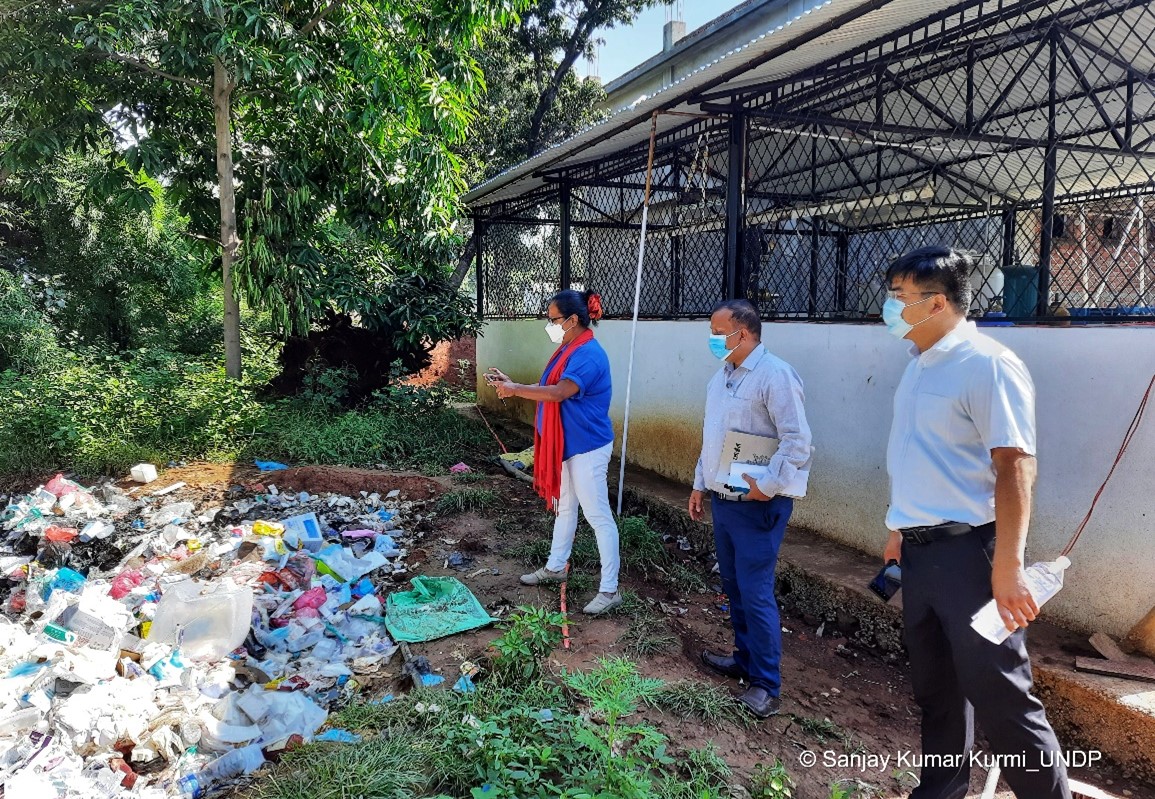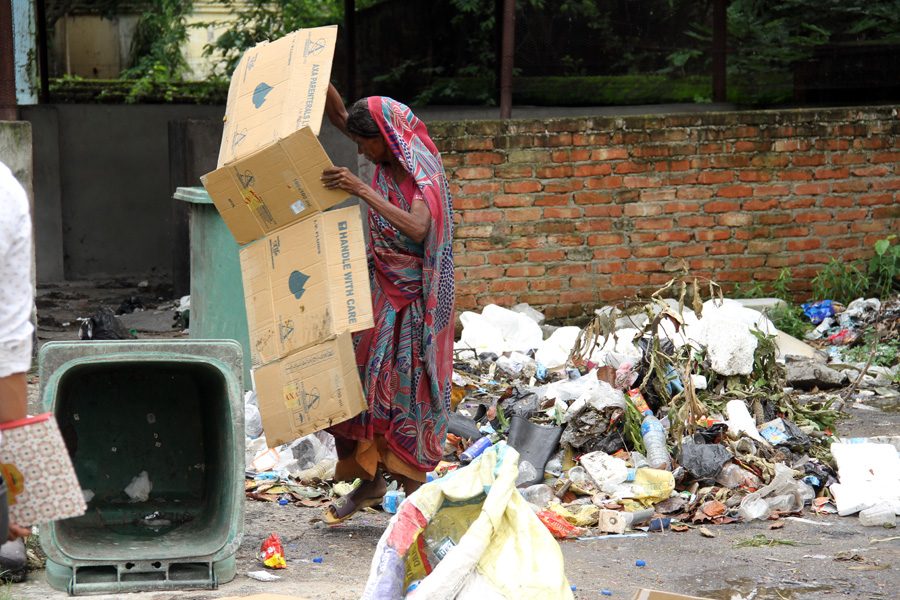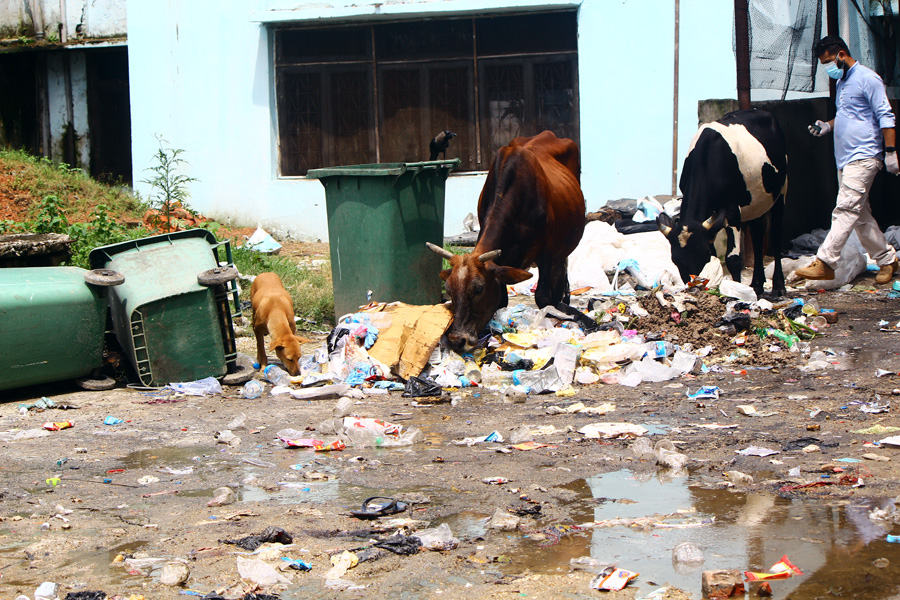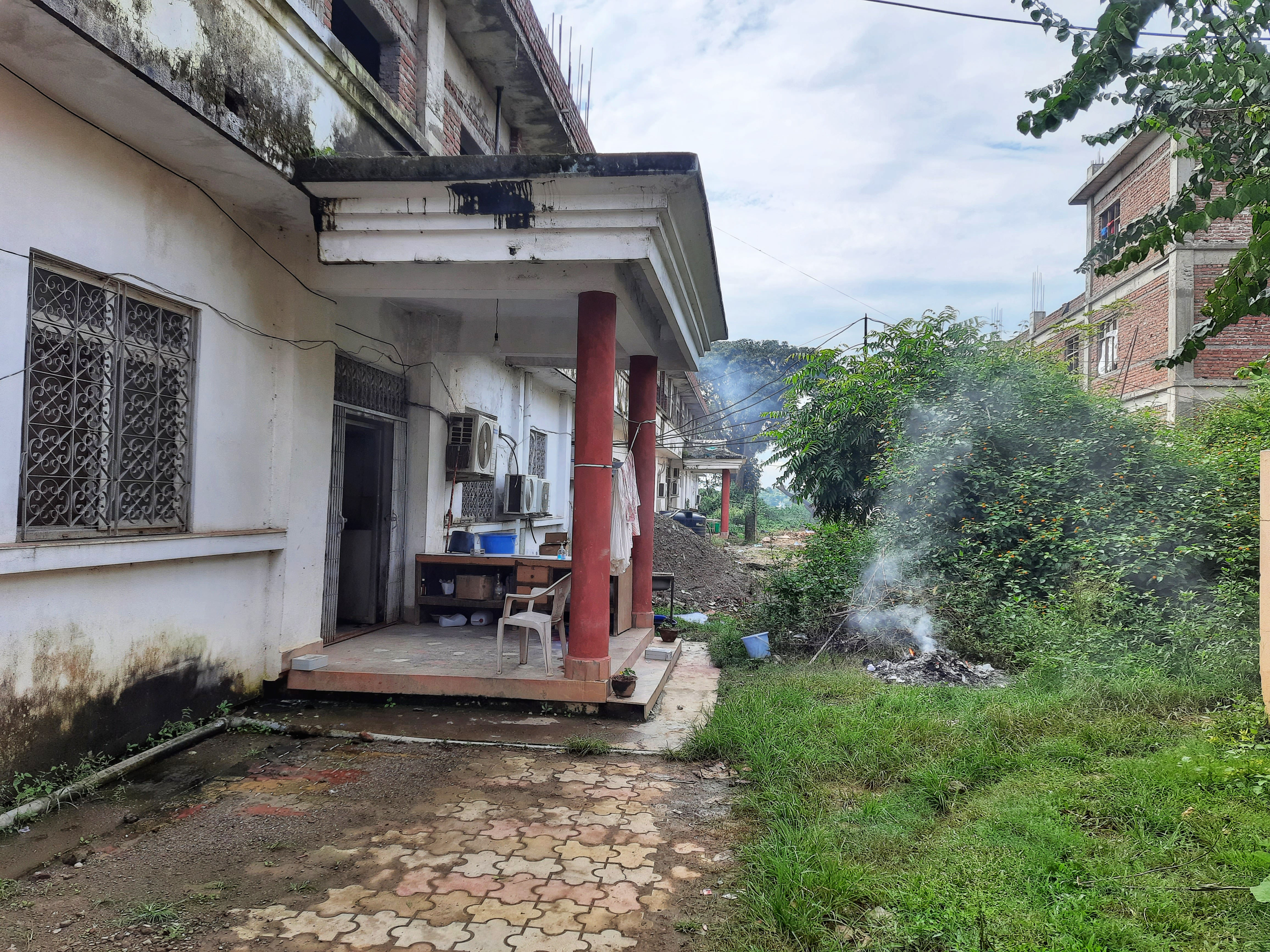As new variants of COVID-19 are spreading globally, management of healthcare waste management has become challenging to every country. During the pandemic, the production of healthcare waste by healthcare facilities has grown drastically and has become a serious public and environmental concern around the world.
In the countries like Nepal, this situation is further compounded by the lack of necessary skills, infrastructure, and financial resources. It has not only put waste handlers, health workers, and public in danger but also causes serious damage to the environment and the natural ecosystem. Poor healthcare waste management leads to contamination of soil and groundwater along with causing wastage of available resources. Healthcare waste management is hampered by the fact that a small amount of infectious waste is mixed with large amounts of general (non-hazardous) waste in healthcare facilities, resulting in a large amount of hazardous waste.
World Health Organization (WHO) defines healthcare waste as “all the waste generated by healthcare establishments, research facilities, and laboratories.” Similarly, Nepal’s Solid Waste Management Act 2011 defines medical (healthcare) waste as “the hazardous waste produced and discharged from hospitals, clinics, pharmacies, dispensaries, blood banks, pathology laboratories, veterinary institutions, and health research centers.”
According to WHO, about 85% of the total waste produced by healthcare activities is general, non-hazardous waste. The remaining 15% is considered hazardous that may be infectious, toxic, or radioactive. In Nepal, only few hospitals have a well-established healthcare waste management system in place. Most hospitals and healthcare facilities either mix hazardous hospital waste with municipal waste and send it to landfill sites as general waste or burn it in the hospital's open space or backyard. The open burning of healthcare waste not only pollutes the hospital area but also causes respiratory ailments in the general population and degrades the ecosystem. The practice of disposing of healthcare waste without proper segregation at the source encourages illegal scavenging of recyclables by informal waste collectors. Scavengers who make their livelihood by collecting recyclable and sellable waste from landfills may come into contact with infectious healthcare waste.
During my visit to Narayani Hospital in Birgunj, i found that, the hospital’s healthcare waste was mixed and deposited in the hospital’s backyard to be collected by the municipality. Informal garbage collectors were gathering infectious rubbish from dumping site without any protection. Kanti Devi was collecting sellable waste from numerous places in Birgunj including hospitals. She complained" I've got cuts many times while picking up waste like needles and broken glass. I have no choice but to accept the risk because I cannot afford to buy protective gear. It would have been better if the hospital segregate waste before dumping". This infectious healthcare waste is not only contaminating the municipal refuse, but it is also posing a threat to scavengers.
For the safe management of potentially hazardous healthcare waste, UNDP’s Promoting Green Recovery Project (PGRP) with financial support from China’s South-South Cooperation Assistance Fund, The Government of the People’s Republic of China has been providing technical assistance to overcome the challenges posed by mismanagement of healthcare waste, such as health risks and environmental degradation, as well as the widespread dumping of untreated hazardous healthcare waste into municipal landfills in Nepal. This project aims to strengthen the capacities of seven COVID-19 designated hospitals in Nepal by establishing a functional healthcare waste management committee in each hospital, training all levels of hospital staff in proper waste management, and providing technical and logistic support to the selected hospitals. As of now, the project has delivered eighteen different types of materials to the Rapti Provincial Hospital, Narayani Hospital, and Koshi Hospital, which included a 50 kilogram automatic hospital laundry washing machine with dryer, incubators, segregation/medication trolley, weighing machine, transportation trolley, and different colored buckets for healthcare waste management.
According to a study undertaken by Waste Services Pvt. Ltd with support from PGRP in seven selected hospitals found that, five out of seven hospitals do not treat healthcare waste before final disposal. The generated waste was either burned openly in the backyard of the hospital or was collected by the municipality for final disposal at the municipal landfill site without being treated. Similarly, the waste generation rate of studied hospitals ranged from 0.996kg/bed/day to 2.3kg/bed/day, according to the report. The average daily total waste generated ranged from 83.1kg/day to 545kg/day. Average hazardous waste generation (without segregation) from Rapti, Narayani, and Koshi hospital was found to be in the range of 82 kg/day to 172kg/day, while the amount of separated hazardous waste was determined to be 36.6kg/day to 64kg/day. It may be inferred from this that if healthcare waste is properly segregated at the source, the total volume of hazardous waste can be greatly decreased.
It may be inferred from this that if healthcare waste is properly segregated at the source, the total volume of hazardous waste can be greatly decreased.
PGRPs Technical Expert Nimesh Dhakal said, "As we move towards promotion of sustainable non-burn technologies for the treatment of health care waste discouraging practices of incineration and open burning, capacity building among service providers is essential to improve present health care waste management practices"
In Nepal, more effort needs to be made in the area of healthcare waste management. The implementation of a robust healthcare waste management system in Nepalese healthcare facilities can help to prevent the spread of infectious disease in the population while also protecting the environment from degradation. Investment of cash generated from the sale of reusable healthcare waste in innovative technologies for healthcare waste management can also help to encourage proper management of health care facilities inside health care facilities. Hospitals should also train their personnel in healthcare waste management, as well as design and closely adhere to Standard Operating Procedures for the segregation, collection, transportation, storage, treatment, and final disposal of healthcare waste. And waste handlers should also be given sufficient waste management training, safety equipment, and basic health insurance. In the future, the development of a central healthcare waste management system in the city should be prioritized so that numerous healthcare institutions can benefit. For long-term sustainability, such a central healthcare waste management system should be run as a public-private collaboration.

 Locations
Locations